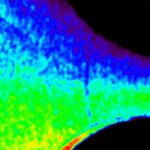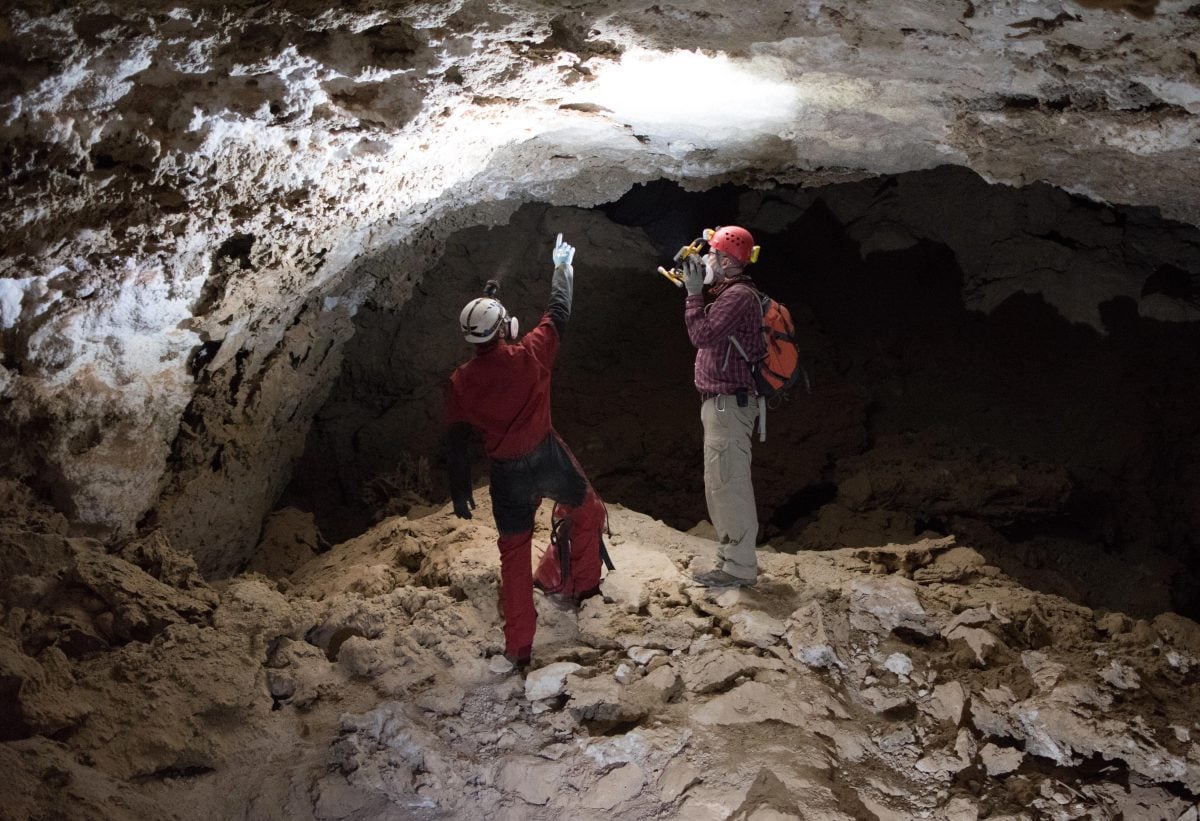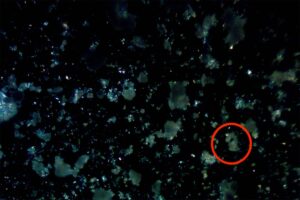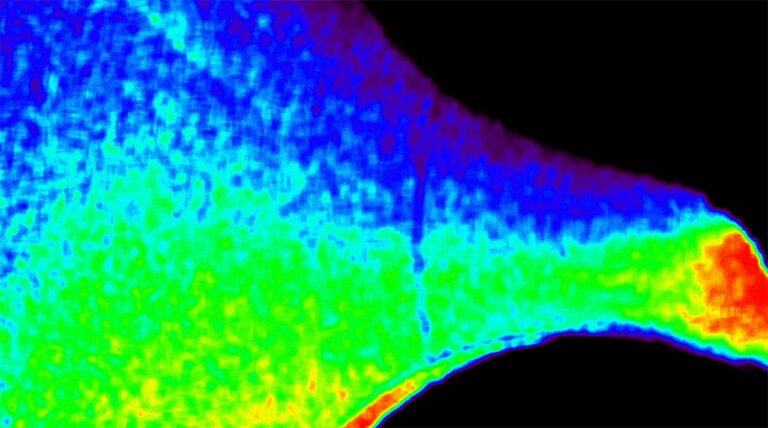For centuries, the Arabian Peninsula was viewed as a barren, impassable desert in the story of early human migration. However, groundbreaking discoveries over the past decade have rewritten that narrative. New fossil evidence, cave findings, and climate data reveal that Arabia was once a lush, green haven—a crucial corridor for ancient humans and animals migrating out of Africa. This phenomenon, now dubbed “Green Arabia,” sheds light on the profound role this region played in shaping the course of human history.
In this article, we’ll explore the 8 million-year journey of Green Arabia, its environmental transformations, and the implications of recent archaeological findings that are reshaping our understanding of early human migration.
What is “Green Arabia”?
“Green Arabia” refers to multiple historical periods over the last 8 million years when the arid deserts of the Arabian Peninsula transformed into green, fertile landscapes. These changes were driven by monsoonal rains that turned vast stretches of desert into grasslands, rivers, lakes, and savannas—making them habitable for humans and animals alike.
Key Time Periods of Green Arabia:
8–7 million years ago (Late Miocene)
3–2 million years ago (Early Pleistocene)
400,000–300,000 years ago
130,000–70,000 years ago (Last Interglacial Period)
During these times, the Arabian interior was dotted with freshwater lakes, flowing rivers, and abundant vegetation—a stark contrast to its present-day arid environment.
Fossil Discoveries: Tracing Life Through Time
The discovery of ancient fossils across Saudi Arabia and Oman has been instrumental in piecing together the region’s ecological past.
Notable Finds:
Elephant and hippopotamus fossils: Indicate that these large mammals once roamed Arabia’s green landscapes.
Ancient human fossils and tools: Found in sites like Al Wusta, suggesting early human presence as far back as 300,000 years ago.
Stone tools and hand axes: Reveal multiple waves of human dispersal through the peninsula, correlating with wet periods.
These finds imply that early hominins—possibly even Homo erectus and Neanderthals—migrated out of Africa through Arabia rather than solely via the Nile Valley or Levant.
The Role of Caves in Human History
Cave systems across Arabia, especially in the Harrat Khaybar volcanic field and parts of Oman, have preserved invaluable traces of human occupation.
What Caves Reveal:
Charcoal remains and hearths: Evidence of fire use and possibly social activities.
Preserved DNA and artifacts: Offering clues about the diet, mobility, and adaptation strategies of early humans.
Rock art and engravings: Suggest symbolic thought and cultural expression.
These findings emphasize that Arabia wasn’t just a transit route—it was a settlement zone during favorable climate phases.
Green Arabia and Human Migration
The traditional model of human migration proposed a “single out-of-Africa” event around 60,000 years ago. However, the Green Arabia hypothesis suggests a series of migrations stretching back hundreds of thousands of years, tied closely to climate shifts.
How Climate Influenced Movement:
Monsoonal rains created migration windows by greening deserts.
Desiccation (dry periods) would then force populations to retreat or move elsewhere.
These cycles could explain why and when humans expanded or vanished from certain regions.
This dynamic landscape shaped the evolution, adaptation, and dispersal of multiple human species.
Implications for Human Evolution
The emerging Green Arabia narrative not only broadens the geographical scope of early human migration but also redefines how scientists understand human resilience and adaptability.
Major Takeaways:
Multiple human species used the Arabian Peninsula as a route and refuge.
The environmental changes of Arabia played a crucial evolutionary role.
Arabia might have hosted early interbreeding events between human species.
As excavation and satellite mapping continue, Arabia is proving to be a missing puzzle piece in human ancestry.
Conclusion
The idea of “Green Arabia” has transformed the Arabian Peninsula from a historical void into a vibrant centerpiece in the human journey. Fossils, stone tools, and ancient cave dwellings tell a story of survival, migration, and evolution spanning millions of years. As climate science, archaeology, and genetics converge, the truth about our past continues to emerge from the sands of Arabia—challenging assumptions and opening new frontiers in human history.
FAQs About Green Arabia and Human Migration
1. What triggered the “Green Arabia” periods?
Cyclical changes in Earth’s orbit and monsoon patterns led to increased rainfall, transforming deserts into fertile grasslands.
2. How do scientists date ancient fossils in Arabia?
They use a combination of methods: optically stimulated luminescence (OSL), radiometric dating, and paleomagnetic analysis.
3. Are there active digs still happening in Arabia?
Yes. Saudi Arabia, Oman, and UAE are currently supporting international archaeological missions that continue to uncover new findings.
4. Could Arabia have been a permanent home for early humans?
Yes. Evidence suggests that during green phases, humans didn’t just pass through but settled and thrived there.
5. What does this mean for the “Out of Africa” theory?
It supports a multi-wave migration model, showing that humans left Africa much earlier and more frequently than once believed.

















+ There are no comments
Add yours